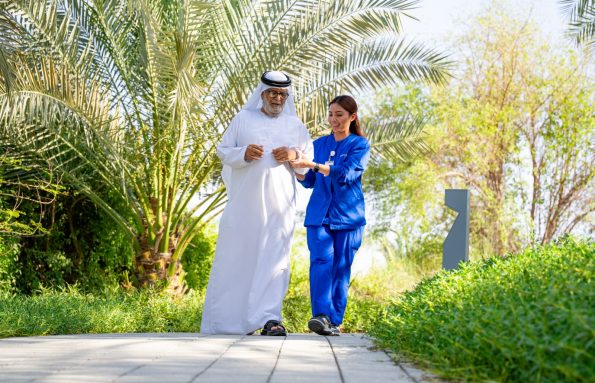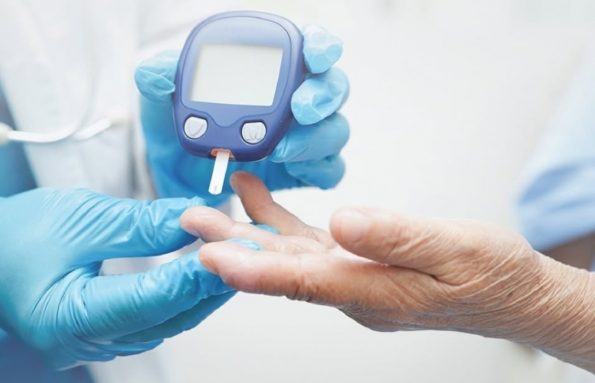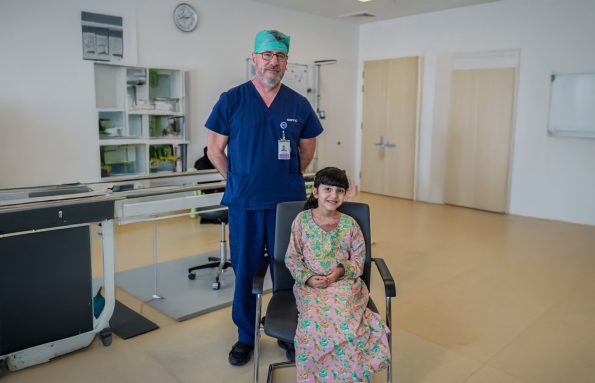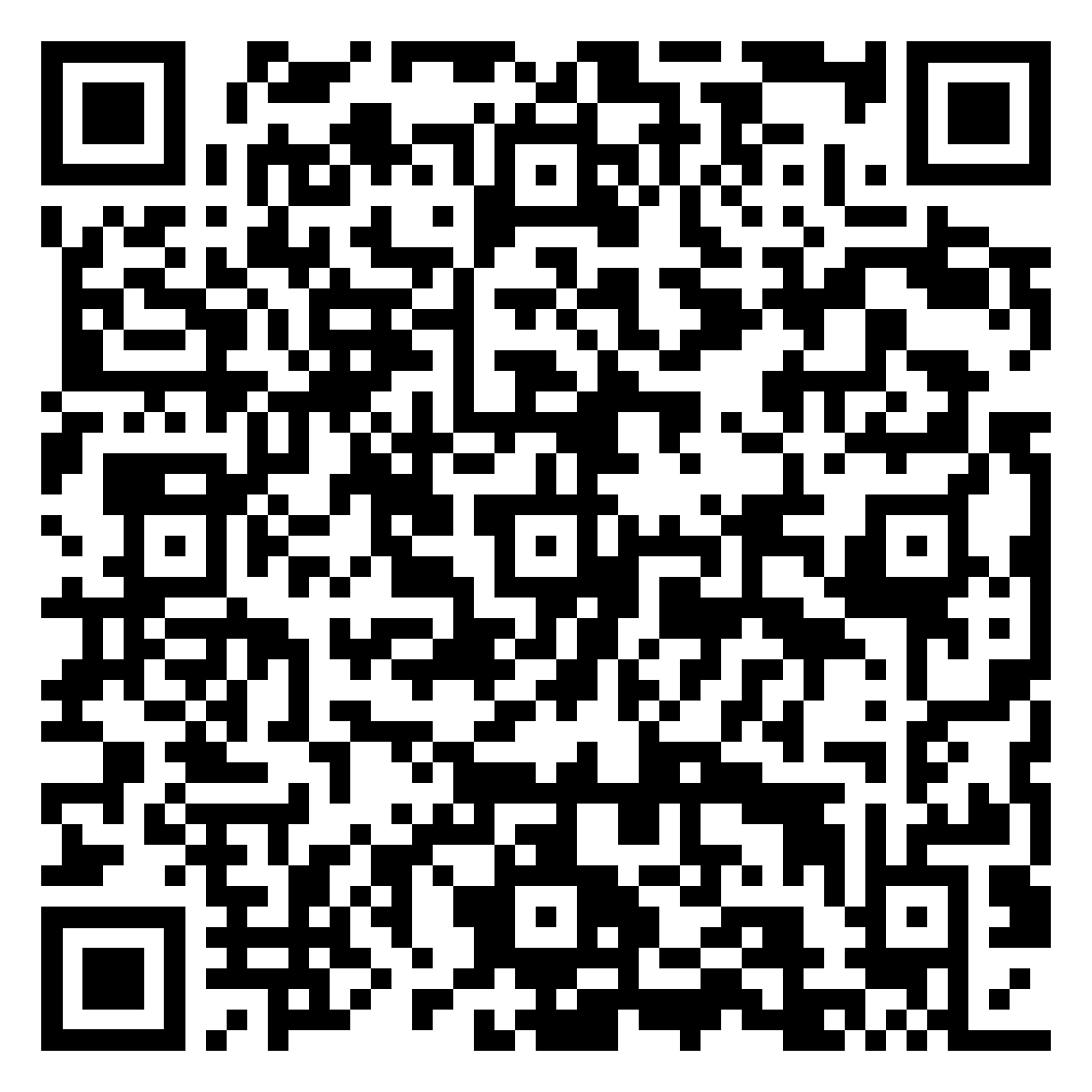Abu Dhabi’s Sheikh Shakhbout Medical City (SSMC) Burn Centre treated 393 patients in 2024, including 366 acute burn victims and 27 requiring reconstructive surgery or treatment for medical skin loss.
Overall, 64 per cent of patients were male, highlighting continued occupational and domestic exposure risks. More than one-third of the cases involved children. Across both genders, the average age was just over 24 years and 71 per cent expats.
Adults bear the brunt
According to comprehensive data released by SSMC – the Department of Health, Abu Dhabi–nominated Centre of Excellence for burn treatment, adults (over 16 years) comprised 246 patients, nearly 62.7 per cent of all cases, with an average age of 37 years, 71 per cent male, and 81 per cent expats.
Children are not spared
Children under 16 totalled 147, about 37.4 per cent of all cases, with an average age of 3.4 years, a nearly equal gender distribution, and an almost equal split between nationals and expats.
Causes reveal risk patterns
Fire and flames led the pack at 46 per cent, followed by scalds – burns caused by hot liquids or steam – at 37 per cent. Chemical burns accounted for 7 per cent and contact burns 3.2 per cent. Trauma wounds, electrical injuries, and non-burn skin loss, among others, accounted for smaller percentages.
Patterns among adults, kids
Dr Simon Myers, Consultant and Division Chair of Burn Surgery, said the centre treats a diverse range of injuries, from minor scalds to life-threatening deep burns. Adults often sustain burns through workplace incidents, electrical injuries, and domestic accidents such as gas explosions, while children are primarily affected by hot liquid scalds and flame burns from clothes catching fire.
Clear seasonal trends
“Cooler months bring more injuries from outdoor cooking, camping, and heater use, while in summer, industrial and high-surface-temperature contact burns are more common,” Dr Myers noted. “This insight allows us to run targeted prevention campaigns to reduce risk at specific times of year.”
World-class interventions
The centre has introduced advanced diagnostics and interventions that place it on par with the world’s leading burn hospitals, including:
Laser Doppler Imaging (LDI) – enables accurate burn depth assessment, preserving viable tissue, avoiding unnecessary surgery, and guiding necessary procedures.
Human Allograft Skin Substitutes – provides temporary wound coverage for patients with extensive burns and limited donor skin.
Biodegradable Temporising Matrix (BTM) with Meek Micrografting – reconstructs large, deep burns while minimising donor site size, improving recovery and cosmetic outcomes.
Survivorship Programmes – supporting patients’ long-term recovery and community reintegration.
“These techniques allow us to save more tissue, reduce the number of surgeries, and help patients heal both faster and better,” Dr Myers underlined.
Child survivor stories
Four recent cases, with an average age of 5 years, suffered extensive, deep burns covering large percentages of their total body surface area (TBSA), averaging 26 per cent. In the past, such injuries carried a high risk of death and significant long-term disability. Using BTM and Meek grafting, supported by intensive care, nutritional optimisation, rehabilitation therapies and psychosocial support, the team achieved complete wound closure with functional, pliable skin and optimal scarring given the severity of the injuries.
Survival to rehabilitation
One child recently participated in a paediatric survivor activity at the National Aquarium, engaging with 13 survivors and building new strategies to thrive as a burn survivor.
“These recoveries are a testament to the power of teamwork,” said Dr Myers. “Our multidisciplinary model – where surgeons, nurses, therapists, dietitians, and psychosocial specialists work side-by-side – ensures every aspect of the patient’s journey is addressed, from survival to rehabilitation and beyond.”






